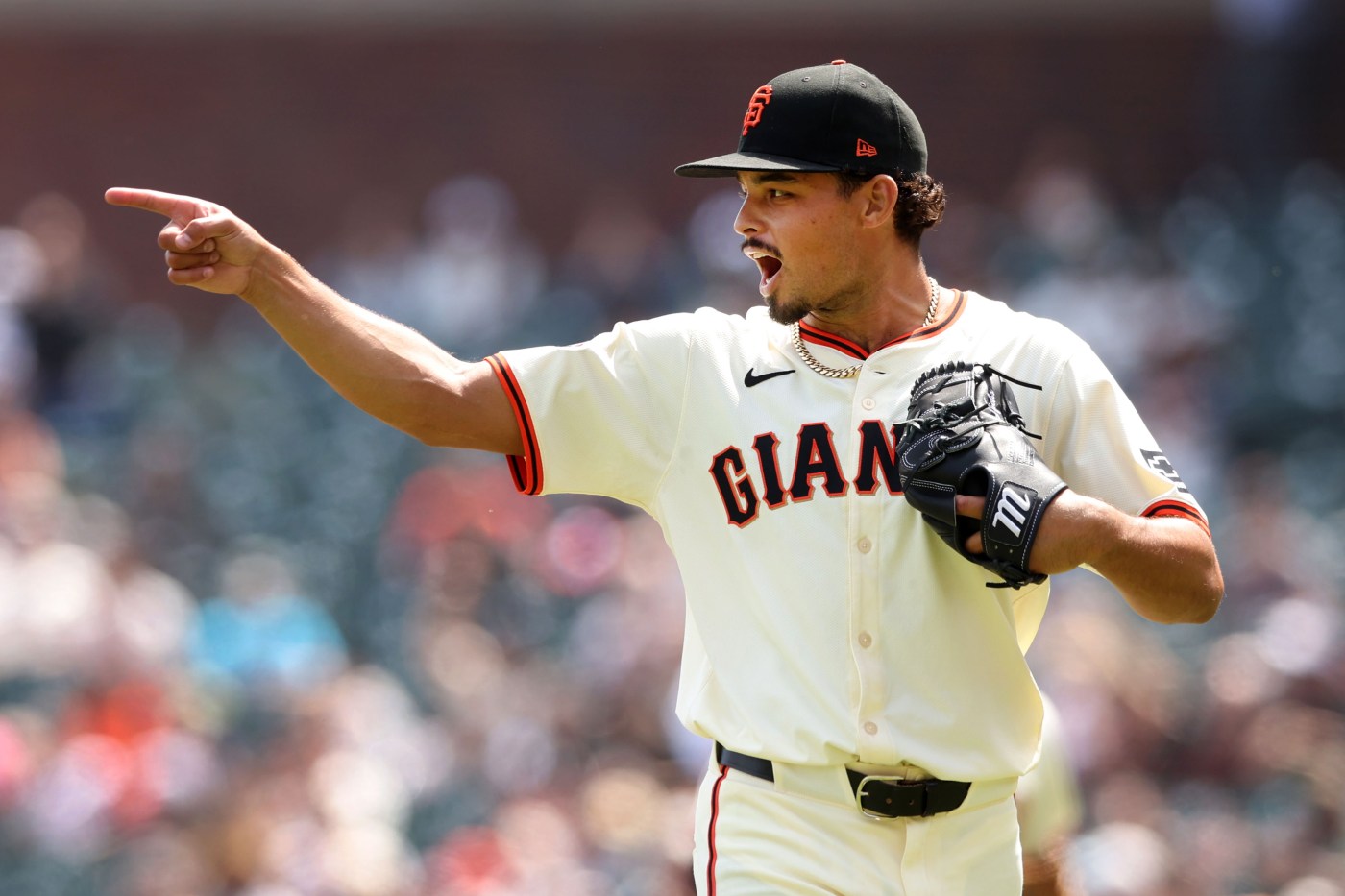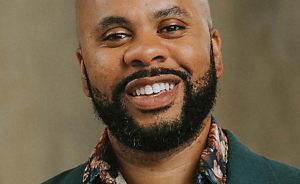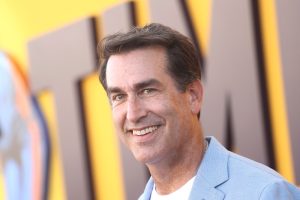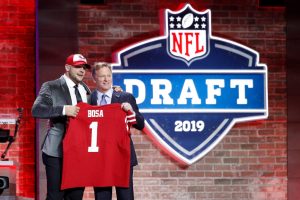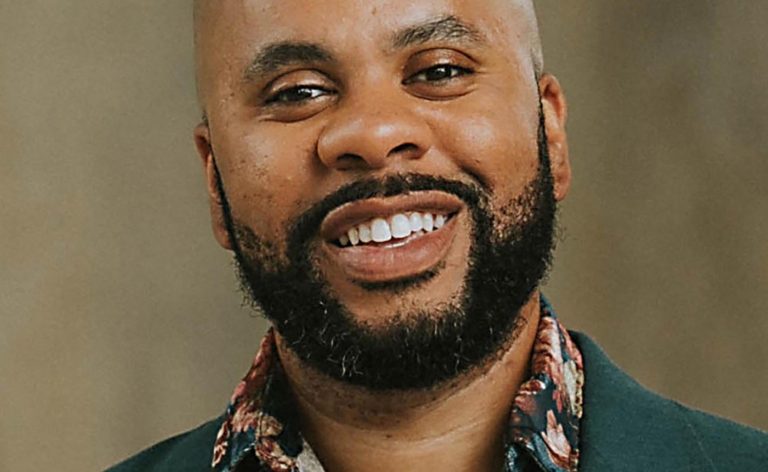SAN FRANCISCO — As the Friday night sun started to set at Oracle Park, Jordan Hicks looked into the outfield and thought about the two ERA leaders in the National League.
In first place was Reynaldo Lopez, a 30-year-old right-hander with the Atlanta Braves who began the season with a 0.50 ERA through his first three starts, though he spent the last two seasons as a one-inning relief pitcher.
“Another reliever turned into a starter,” Hicks said with a smirk.
In second place was Hicks (1.57 ERA), a 27-year-old right-hander on the Giants who was one of the game’s best relievers last year while handling the late innings for the St. Louis Cardinals and Toronto Blue Jays.
“My goal isn’t to see my name on any list,” he said. “I want to do what I know I’m capable of.”
In the American League, the list looks similar.
As of Friday, the top three qualified pitchers in the A.L. ERA race were the Boston Red Sox’ Kutter Crawford, the Houston Astros’ Ronel Blanco and the Kansas City Royals’ Seth Lugo. They all have this in common: They were pitching out of the bullpen at some point in the last two years.
But there’s a simple formula here: relievers who aren’t collecting saves aren’t getting paid, at least not nearly as well as their peers handling the ninth inning, and not even close to as well as those starting the game.
Look at Hicks, who in January signed a four-year, $44-million contract with the Giants. He had a career 3.65 ERA and 9.2 strikeouts per innings, about the same numbers as those posted by starters Charlie Morton, who makes $20 million annually with the Braves, Luis Castillo, who makes $24 million with the Seattle Mariners, and Aaron Nola, who makes $25 million with the Philadelphia Phillies.
Hicks’ contract wasn’t a surprise in itself, but then came the kicker: the night he signed with the Giants, ESPN reported that Hicks would not be joining the Giants’ bullpen, but rather their starting rotation in a role he’s held only once, briefly, in five big league seasons.
It was a disaster. It was 2022 and he was told late in spring training he’d be starting the year in the rotation. The Cardinals gave him eight starts. He went 0-4 with a 5.47 ERA while walking 21 batters in 26-1/3 innings.
“That was my first year back after Tommy John surgery and it was tough in general,” Hicks said Friday. “It was a very frustrating year. Even after starting, when I went back to the bullpen, I was working through some different things.
“But it helped. That was my intro to what it was like to go five innings. I went five innings here against the Giants and that feeling, not having it the whole year, I couldn’t stop thinking about it. That’s all I wanted to do.”
The next spring, when he was back in the Cardinals’ bullpen, he told MLB.com, “I don’t feel like I got my fair shot” in the rotation.
He wanted another chance. And the Giants are being rewarded for giving him one.
Through four starts this year, Hicks has gone 2-0 with a 1.57 ERA while striking out 18 batters and allowing just six walks in 23 innings.
San Francisco Giants pitchers Jordan Hicks (12) and Logan Webb (62) talk each other after throwing practice during the Spring Training at Scottsdale Stadium in Scottsdale, Ariz., on Thursday, Feb. 15, 2024. (Ray Chavez/Bay Area News Group)
While he averaged more than 100 mph on his two-seam fastball as a starter, Hicks is averaging 95 mph on that pitch this year, a drastic drop in velocity.
As a reliever, “you just empty the tank every day,” he said. “Now I don’t empty the tank. When I get in trouble I just step on the gas a little bit more.”
His two-seamer has been his bread and butter, but he’s throwing it almost 20% less often than he did last year, and he’s throwing it slower, yet the results are even better.
“Even at 98 mph or 102 mph, it has a lot of action, but I think it’s just the way it floats through and it has the late, sharp action with slower velocities,” Hicks said. “But when I got to 98 mph the other day in the fourth inning, I saw some video and it still has the sharp action. It’s just not as big. It’s just a little shorter, quicker, but overall when I’ve gotten in trouble I’ve really stepped on the velo. When I’m cruising I just want early contact. So I want it to look really good and kind of just miss the barrel slightly.”
Pitching to contact is helping him pitch deeper into games, something a lot of relievers often struggle to do when they transition to the rotation.
“Last year I got to a point where I was like, ‘alright, I’m going to try to strike everybody out,’” he said. “I got more strikeouts (11.1 strikeouts per nine innings) than I ever did in my career, but I was always getting in a lot of deep counts. So that doesn’t really translate to going seven innings, or eight or nine, which is obviously the goal.”
Along with his two-seamer and a sweeper, he’s added a split-finger fastball that has been nearly unhittable: he’s thrown 49 of them and has allowed just one hit while batters are whiffing nearly half the time at that pitch.
“I was throwing it in 2019 and it was really effective,” he said. “Really, really effective. And it was always in the back of my mind, but I wanted to wait until I got my contract until I started throwing it again just to make sure. It’s one of those pitches. Now I’m just happy to throw everything I have and not really think about injury at all.”
Related Articles
With Alex Cobb in question, SF Giants add starting pitcher in trade with Blue Jays
Patrick Bailey’s big bobblehead day helps SF Giants over D’backs
Watch: Jung Hoo Lee slugs first home run at Oracle Park
Kai-Wei Teng to return to starting rotation in Triple-A; Sean Hjelle takes his spot in SF Giants bullpen
What’s happening with Blake Snell? Reigning Cy Young winner clobbered again as Giants lose, 17-1, to Arizona
Pitching every five days has been an adjustment, but he said it’s made pitching more fun. The strategy in going through the order multiple times has been an enjoyable challenge, “instead of just going out there and obliterating my arm and trying to throw as hard as I can,” he said.
But how long can he keep this up?
He threw only 65-2/3 innings last year and has never thrown more than 77-2/3 innings in a big league season. Surely the Giants won’t let him stay in the rotation all year, would they?
“I mean, 150 innings sounds like a lot, but it also sounds very attainable for me,” he said. “But there’s a lot of conversations to be had” with folks in the front office.
He said he’d prefer to start skipping starts if he has to rest his arm later in the year instead of cutting down on his pitch counts or moving to the bullpen.
He hopes to stay in the rotation during his four years with the Giants, then he’ll hit free agency again at 31. His career goal: spend the next decade as a reliable starting pitcher.
“I’m just excited to see what I can do for myself, and prove that I can do it,” he said. “I’ve never had the opportunity. I just want to make the most of it.”
